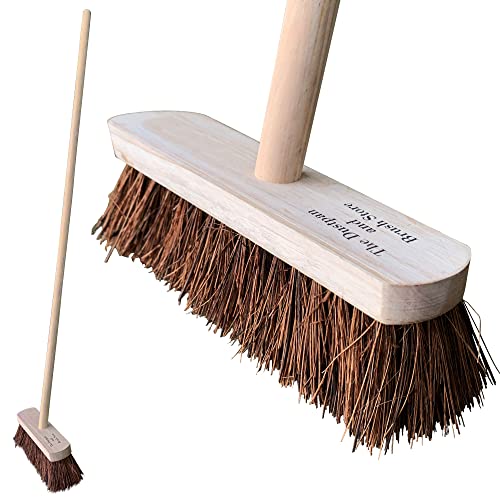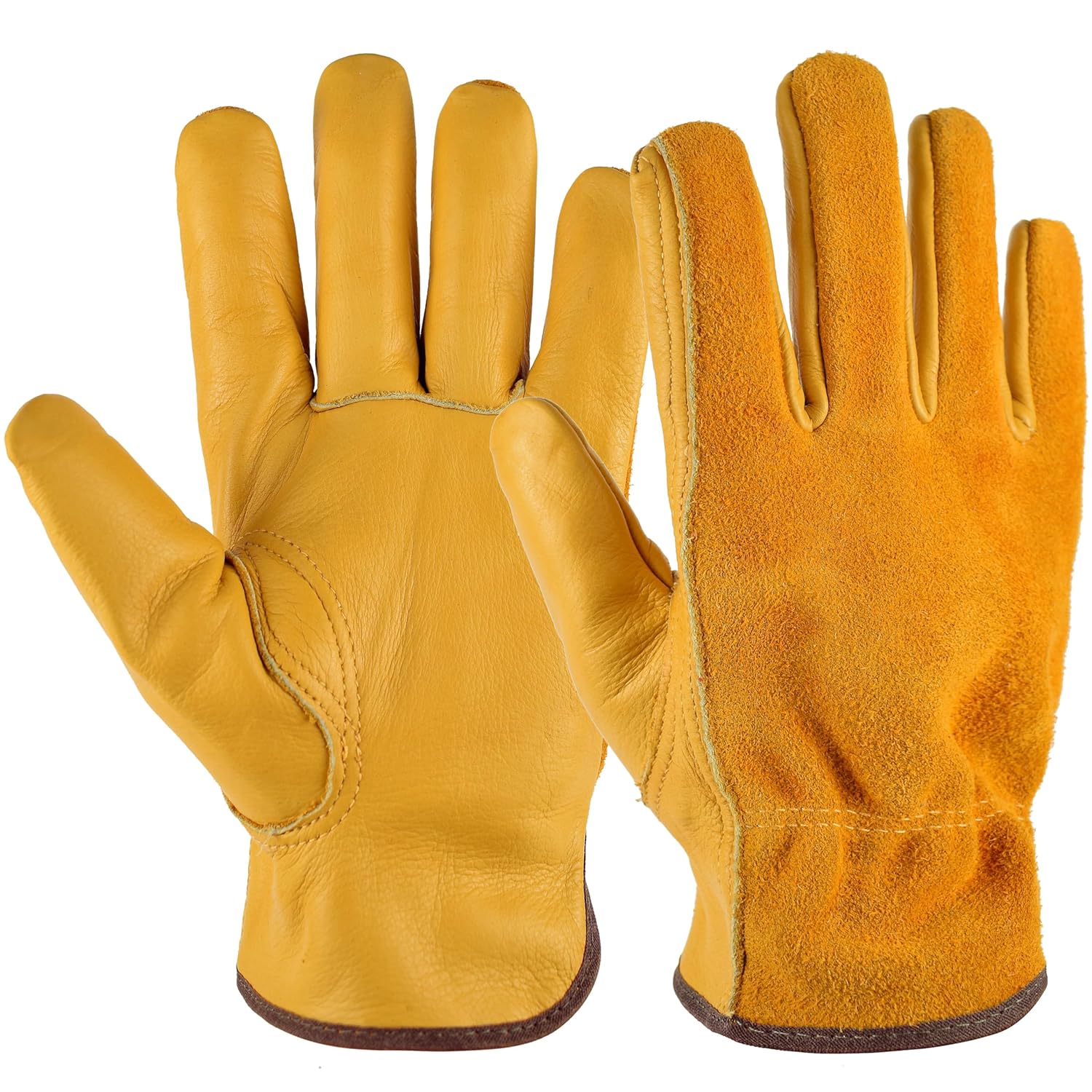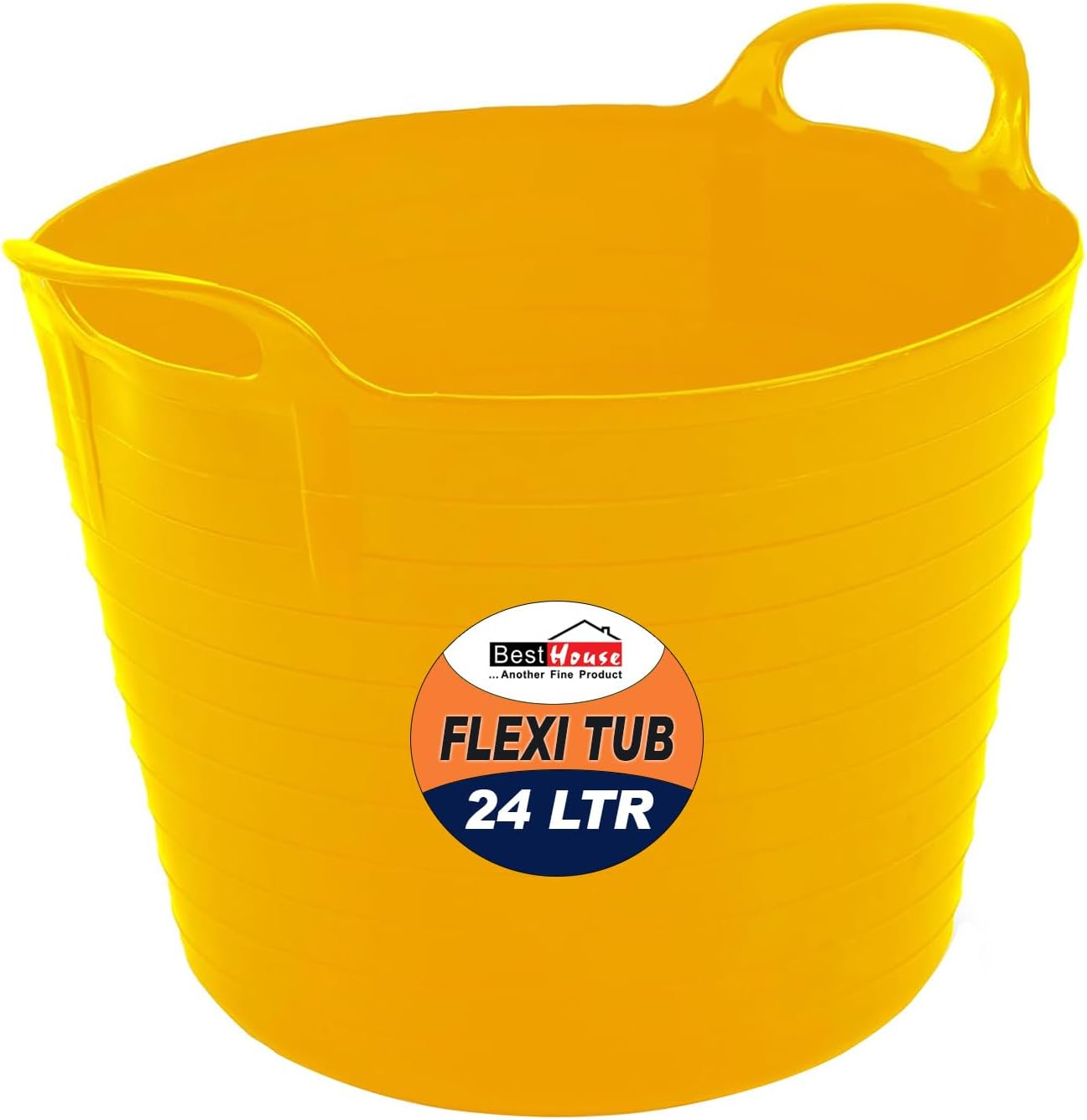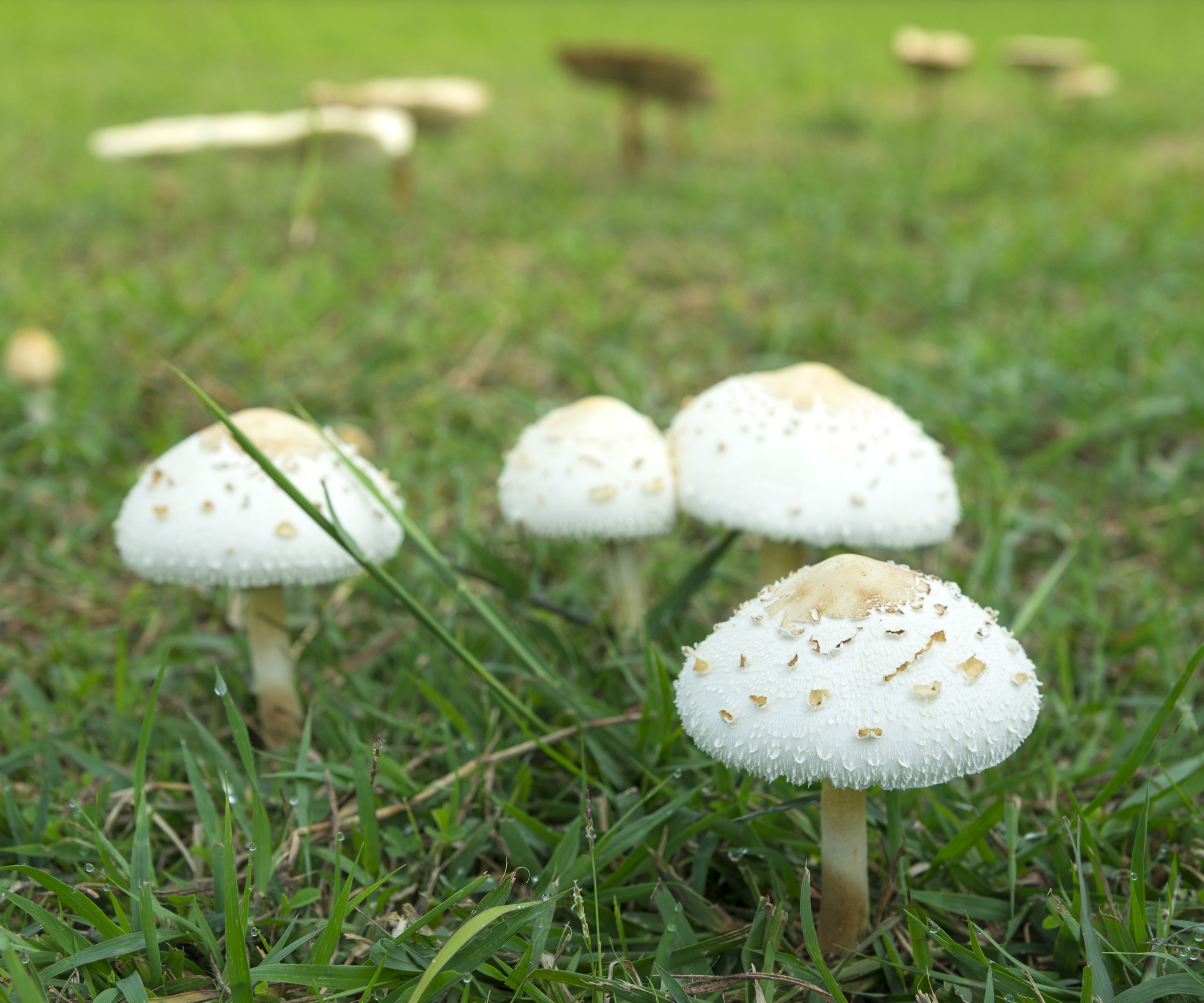This chemical-free method to get rid of mushrooms in your lawn proves that the simple ways are sometimes the best
We asked a horticultural expert how to keep your lawn mushroom free and prevent them from regrowing, and it's easier than you might think

If your lawn is looking less than pristine due to the arrival of mushrooms, the chances are you want to know how to get rid of them, especially given the advice from experts is to get rid of them if you have children or pets due to the risk of toxicity.
However, with all kinds of grass, including artificial lawns susceptible to mushroom growth and other lawn weeds, the good news is the presence of mushrooms on your lawn is not necessarily a bad thing, as they can indicate that your lawn has diverse and healthy soil.
But, with removal generally the best option, what is the easiest and simplest method for getting rid of mushrooms in your lawn? Horticultural expert, Richard Barker explains how it's not that tricky and the best tool you can use is probably one you already own.
How to get rid of mushrooms on lawns
So what is the magic tool for getting rid of mushrooms in your lawn? According to Richard Barker of LBS Horticulture, a stiff garden brush or broom is the best tool you can use.
Another cheap method is to remove them by hand, wearing a pair of garden gloves. Alternative tools include a lawn scarifier, a mower, a lawn aerator or secateurs.
Tempted to reach for a chemical solution? Richard advises against using any that kill weeds in grass, including unwanted mushroom growth too.
"There are not really any chemical treatments that can effectively get rid of mushrooms in your lawn entirely," says Richard. "You can try to use a fungicide if you have a severe infestation, but this should only be used as a last resort due to the environmental impact it can have. Fungicides should always be used sparingly and only on affected areas, as they can affect beneficial organisms," he explains.
Bring your dream home to life with expert advice, how to guides and design inspiration. Sign up for our newsletter and get two free tickets to a Homebuilding & Renovating Show near you.
Some weed and feed products claim to have mushroom control so if you do opt for a specific treatment, try an organic product like this Southern Ag Garden Friendly Bio Fungicide at Amazon.
Shop for mushroom removing tools

The 10 inch heavy duty stiff broom with natural bassine bristles can withstand the toughest jobs outdoors

Protect your hands when removing mushrooms from lawns with these unisex sturdy gardening gloves

Collect your garden waste in this generous 24 litre tub with handles for easy transportation

With 4 years in the industry, Richard Barker is an expert in horticulture and the commercial director at LBS Horticulture. He is keen to share his knowledge with both experienced and beginner gardeners, and prides himself in keeping up to date in the latest horticultural trends.
How to prevent mushroom in lawns
There are several things you can do to discourage mushroom growth in your lawn and Richard Barker outlines them below:
- Remove food sources: rake up leaves, twigs, grass cuttings or other waste materials from your lawn regularly, as mushrooms will feed on these as they break down.
- De-thatch your lawn: if your lawn has a thick layer of thatch, this can also provide food for mushrooms. You can get rid of lawn thatch through scarifying your lawn.
- Regular mowing: shorter grass will dry faster than longer grass, limiting the chances of mushrooms growing. However, before mowing your lawn you should remove any mushrooms or fungi remnants to avoid spreading their spores.
- Aeration: aerating your lawn can improve the soil drainage, reducing the amount of moisture that can create the ideal environment for mushrooms.
- Reduce shade: cut back overhanging branches and remove obstructions to allow sunlight to reach all areas of your lawn, as mushrooms thrive in the shade.

FAQs
What are the mushrooms growing in my lawn in the UK?
There are several common varieties of mushroom that you may find growing on your lawn in the UK. Richard Barker lists them below:
- Field mushroom (Agaricus campestris): has a small white cap that can begin to peel as it ages with brown or black gills.
- Yellow-staining mushroom (Agaricus xanthodermus): these have slightly bigger caps than field mushrooms, and are a white or greyish-brown colour with flesh that turns yellow when bruised.
- Shaggy ink cap (Coprinus comatus): has tall and narrow stems with gills that 'dissolve' and appear as though they are dripping black ink.
- Fairy ring mushroom (Marasmius oreades): has a pale brown, floppy domed cap and often occurs in rings in lawns.
- Mower's mushroom (Panaeolus Foenisecii): small brown mushrooms that have caps that are usually no more than 3cm in diameter.
Are mushrooms in lawns a problem?
Mushrooms do not usually indicate a problem, unless the mushrooms are the fruiting bodies of honey fungus explains Richard Barker.
"Honey fungus can cause the death of garden plants, and there are currently no chemical controls available to deal with it. The only effective treatment of honey fungus is excavating and destroying any affected material or using a physical barrier to prevent the spread to unaffected areas.
"Leaving mushrooms on your lawn will not actually damage your grass, but it may look more unsightly than usual. The presence of mushrooms can mean that your lawn's soil is healthy, and it is only other fungi that may cause problems," says Richard.
Why have I suddenly got mushrooms in my lawn?
Excess moisture or waterlogged soil in your lawn caused by overwatering or poor drainage, especially in shaded areas, can increase the likelihood of mushrooms growing.
Mushrooms thrive on decaying organic matter, so the presence of mushrooms on your lawn may indicate that there is a buildup of dead grass or moss on the lawn known as thatch. The presence of mushrooms on your lawn is not necessarily a bad thing, as they can indicate that your lawn has diverse and healthy soil.
If you're interested in organic methods for maintaining a healthy lawn, then have a look at our guide to using clover in lawns as a natural fertiliser, and if you're struggling with moles, as well as mushrooms, find out why they could be more beneficial to your garden than you perhaps realised.

Teresa was part of a team that launched Easy Gardens in 2018 and worked as the Editor on this magazine. She has extensive experience writing and editing content on gardens and landscaping on brands such as Homes & Gardens, Country Homes & Interiors and Living Etc magazine. She has developed close working relationships with top landscape architects and leading industry experts, and has been exposed to an array of rich content and expertise.
In 2020 Teresa bought her first home. She and her partner worked alongside architects and builders to transform the downstairs area of her two bedroom Victorian house in north London into a usable space for her family. Along the way she learned the stresses, woes and joys of home renovation, and is now looking to her next project, landscaping the back garden.
